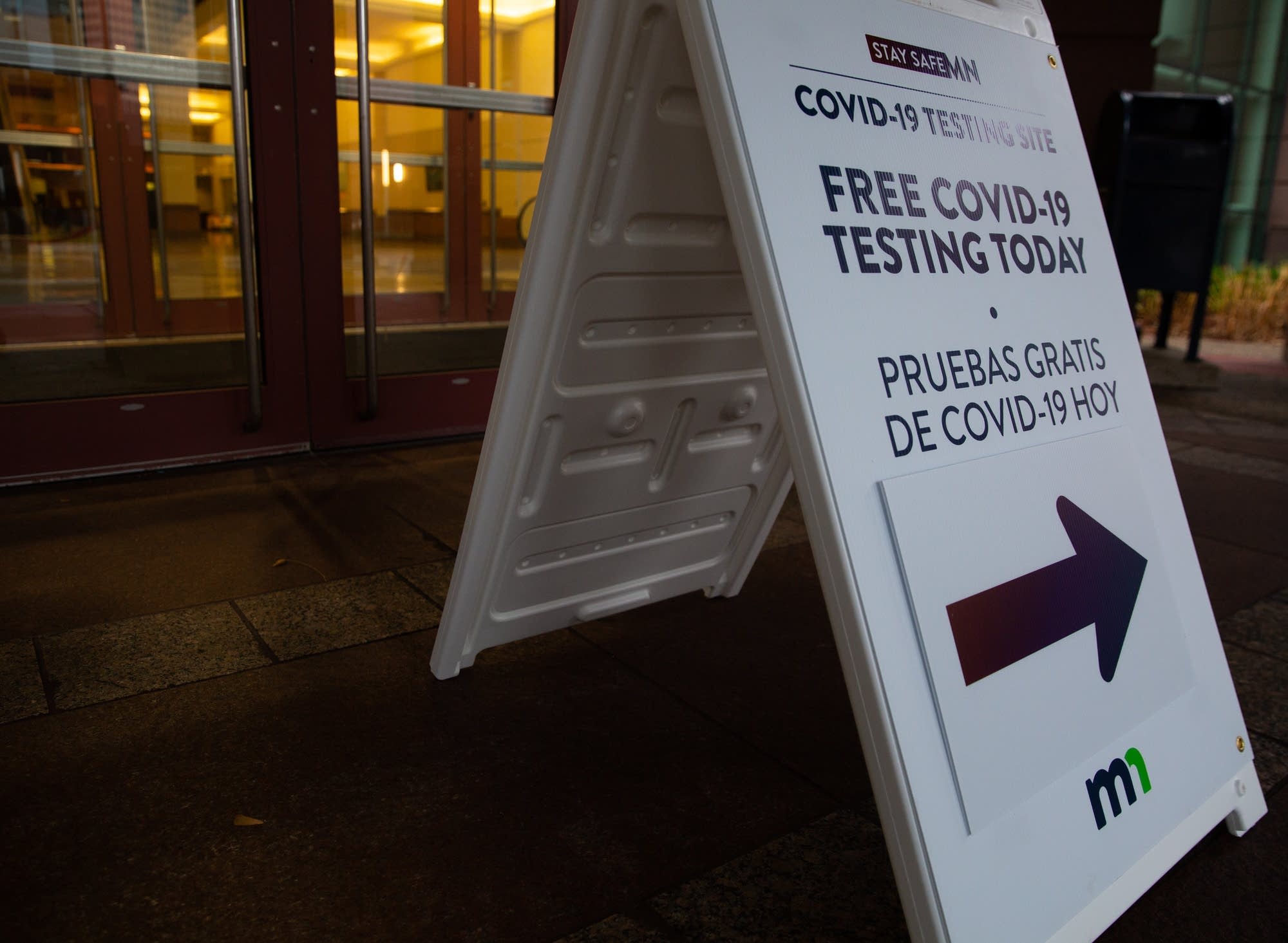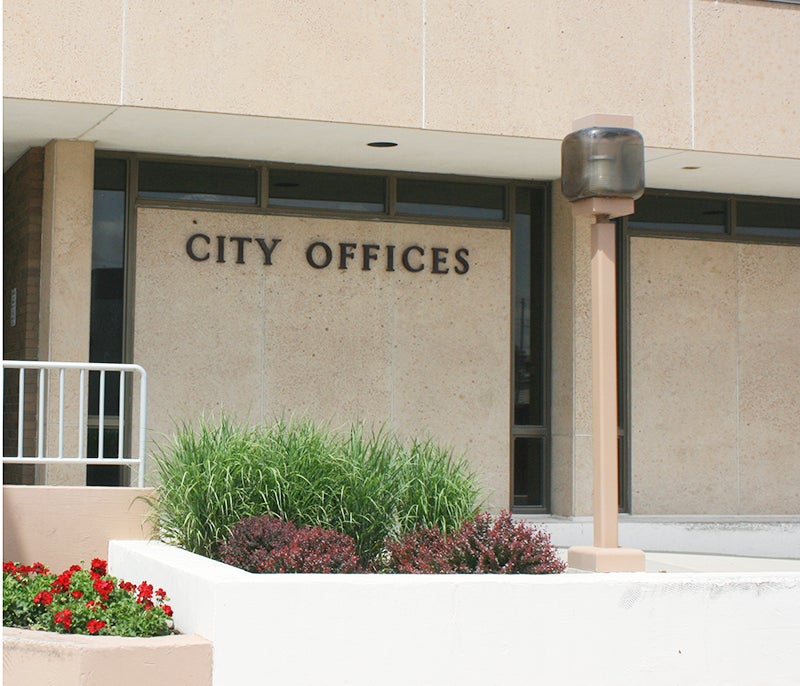A difficult Thanksgiving for many
Published 11:17 am Thursday, November 26, 2020

- A new COVID-19 testing site opened Nov. 9 at the Minneapolis Convention Center. Kathryn Styer Martinez/MPR News file
|
Getting your Trinity Audio player ready...
|
COVID-19 is delivering some especially awful news in a holiday week that’s supposed to be focused on life’s blessings and joys.
Minnesota officials on Wednesday reported 72 more deaths of people with the disease, tying a single-day record set last week. So far this month, 918 deaths have been reported — that’s more than 1 in 4 to date in the pandemic.
With the state averaging a record 52 deaths a day over the past seven days and some 1,800 people still hospitalized with the disease, it could be difficult Thanksgiving in many households.
Here are Minnesota’s current COVID-19 statistics:
- 3,375 deaths
- 289,303 positive cases, 240,72 off isolation (83 percent)
- 4 million tests, 2.4 million people tested (about 42 percent of the population)
- 11.5 percent seven-day testing rate (officials find 5 percent concerning)
One hopeful sign Wednesday: the rate of positive tests — a key measure officials follow to judge the spread of the disease — is trending downward, although it remains far higher than the 5 percent officials find concerning.
Is a pandemic peak in sight? Officials say probably not.
New hospitalizations topped 300 for a second straight day Wednesday. After a hopeful pause the prior two days, the trend line for new admissions rose again to a new high.
Minnesota Health Commissioner Jan Malcolm on Tuesday tamped down hopes that the current data pointed to a consistent improvement in conditions, and she noted hospital admissions remain high.
“We would not consider that we have any sort of a reliable trend just yet,” Malcolm told reporters.
“While we’ve certainly been pleased to see somewhat lower case counts in recent days, we think that this might be another of those patterns that we’ve seen earlier in the epidemic,” she said. “Possibly we are in a trough now between waves and do not necessarily think that what we’ve seen in recent days represents the downside of a peak.”
Health authorities remain concerned about another possible hospitalization jump in a few weeks following Thanksgiving holiday gatherings where family members and friends without symptoms may unknowingly spread the virus.
Caseloads spread across age groups
New cases have been climbing over the past month among all age groups.
People in their 20s still make up the age bracket with the state’s largest number of confirmed cases — more than 57,000 since the pandemic began, including more than 31,000 among people ages 20 to 24.
The number of high school-age children confirmed with the disease has also grown, with nearly 23,000 total cases among children ages 15 to 19 since the pandemic began.
The numbers help explain why experts remain particularly concerned about teens and young adults as spreaders of the virus.
Although less likely to feel the worst effects of the disease and end up hospitalized, experts worry youth and young adults will spread it to grandparents and other vulnerable populations.
It’s especially concerning because people can have the coronavirus and spread COVID-19 when they don’t have symptoms.
Walz said recently the state has data showing infection rates rising around bar and restaurant activity after 9 p.m. among young adults, noting that people who have the virus but don’t have symptoms may be unwittingly spreading it.
Virus surges across rural Minnesota
Regionally, central and northern Minnesota have driven much of the recent increase in new cases while Hennepin and Ramsey counties show some of the slowest case growth in the state.
The fastest growing outbreaks remain largely along the state’s western border with the Dakotas, where the virus is spreading unchecked. But new cases are rising everywhere in Minnesota.
Collectively, rural areas continue to report the most new COVID-19 cases per capita.
Latino cases climb
In Minnesota and across the country, COVID-19 has hit communities of color disproportionately hard in both cases and deaths. That’s been especially true for Minnesotans of Hispanic descent for much of the pandemic.
Distrust of the government, together with deeply rooted health and economic disparities, have hampered efforts to boost testing among communities of color, officials say, especially among unauthorized immigrants who fear their personal information may be used to deport them.
Similar trends hold true for Minnesota’s Indigenous residents. Counts among Indigenous people jumped in October relative to population.
Cases among all races and ethnicities continue to rise, although currently the growth is slowest among Black Minnesotans, who reported the most new COVID-19 cases per capita for much of the spring and summer.
Walz, GOP eye aid to businesses, workers hurt by curbs
Democrats and Republicans at the Capitol seem poised to find a compromise that would help some 14,000 bars, restaurants and other hospitality businesses in Minnesota hurt by the restrictions forced by COVID-19.
Walz on Tuesday unveiled the basics of his plan to provide financial help for restaurant and bar owners and workers hurt by the current COVID-19 restrictions.
The proposal includes:
- Direct aid to affected businesses and regulatory fee waivers for bars, restaurants, event centers, craft breweries.
- Extending jobless benefits for 13 more weeks, a move the state said will help up to 100,000 workers whose benefits currently end next month, and a $500 one-time emergency payment to struggling families.
- A one-time grant to restaurants to provide food for health care workers, homeless shelters and long-term care operations.
Walz said he’s ready to call another special legislative session to offer COVID-19 relief and expressed hope of reaching a compromise with GOP lawmakers. He said he was “super hopeful” a deal can been reached with Republicans in the next week or so.
Republicans posted their own package Tuesday that includes some $400 million in direct grants.
State Rep. Dave Baker, R-Willmar, said swift action was critical.
“My hope would be that we can have money in their pockets within 30 days,” he told MPR news this week. “Knowing that it’s coming for these operators and knowing that we have relief on the way will allow them to sleep a whole lot better and to be able to communicate to their employees that life is going to get better.”





